Title of Presentation
How can the Spectrum of Teaching Styles Influence Students’ Social and Emotional Learning Outcomes in Physical Education?: A Pilot Study
Purpose
Research on the influences of the Spectrum of Teaching Styles (especially those in the productive cluster) on students’ learning outcomes in the affective domain remains a missing piece in physical education pedagogy. This pilot study investigated the impacts of implementing the convergent discovery style (Style G) on students’ social and emotional learning (SEL). This study adopted a qualitative case study approach, with the CASEL framework for SEL competencies as the interpretation base. A class of students who studied in a junior high school in a suburban area in southern Taiwan was recruited to participate in this experimental field, and eight students (4 males and 4 females) were also purposefully selected and interviewed to gain an in-depth understanding of student learning. Qualitative data, including classroom recordings, student worksheets, and student semi-structured interviews, was collected and analyzed through constant comparison and inductive thematic analysis. Results showed that 1) the implementation of Style G has significant potential to enhance the development of students’ SEL. Style G created an environment for students to nurture their competencies about self-awareness, self-management, social awareness, relationship skills, and responsible decision-making; 2) students’ attitudes toward physical education learning were positively enhanced while taking part in the teaching episodes designed through Style G. This study concluded that the Spectrum of Teaching Styles could be a proper pedagogical strategy applied in developing middle students’ SEL competencies. Future studies are recommended to utilize diverse research designs (such as quasi-experimental designs), extend data collection and analysis approaches, and assess the long-term effects of the intervention for comprehensively knowing the impacts of a specific pedagogy in physical education on student SEL. Key words: convergent discovery style, production cluster, CASEL framework, developmental channels, effective intervention
Authors
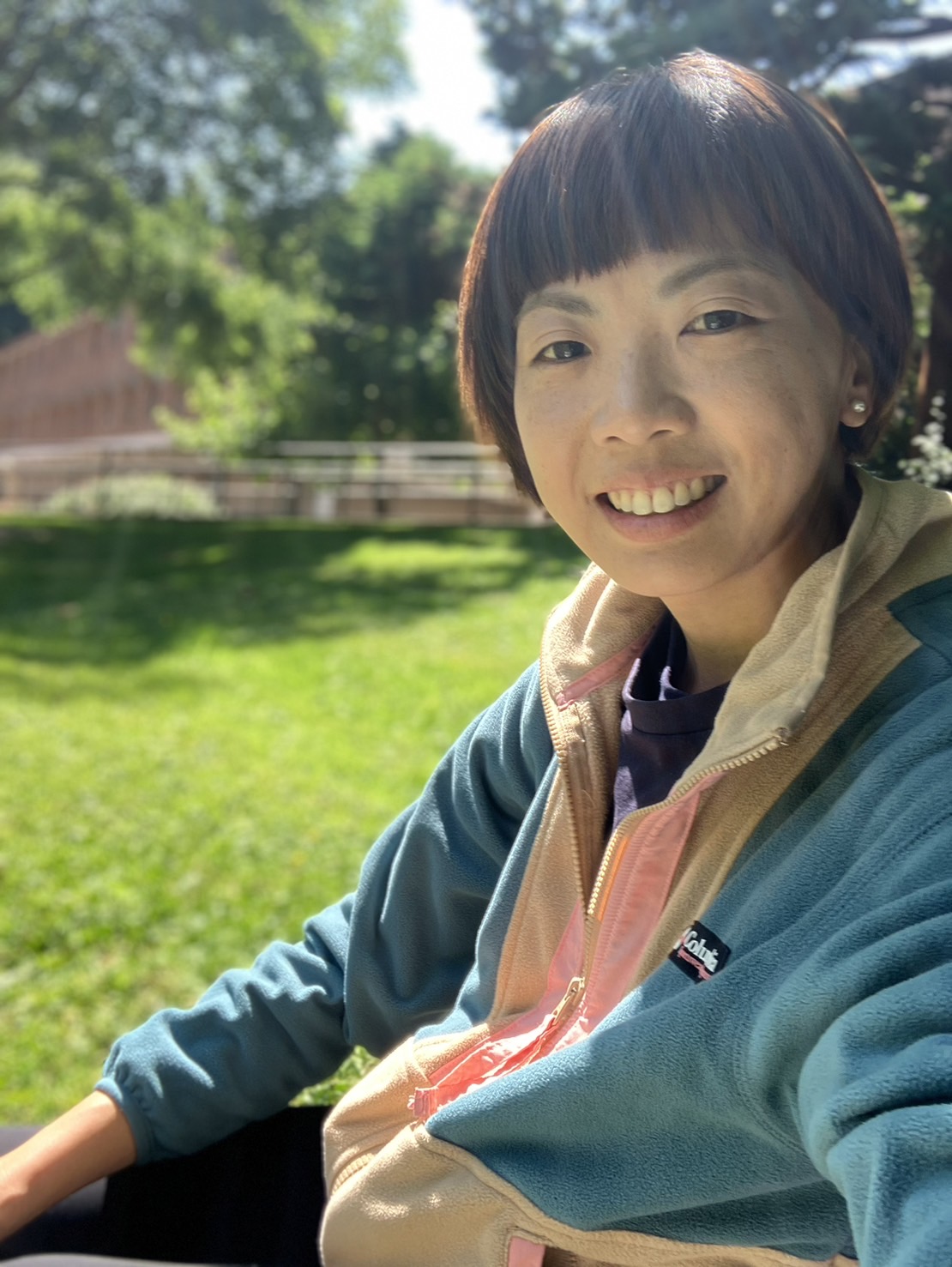
Pei-Yu Wu
Taiwan Sinshih Junior High School (SSJHS)
Title of Presentation
Redesigning a University Spectrum Teaching Styles Course with Design-Based Research
Purpose
Abstract The “Teaching Physical Education Course” is an essential component of Türkiye’s Physical Education Teacher Education (PETE) programs. The course delves into the systematic exploration of the Spectrum Teaching Styles Framework and its practical implementation for pre-service teachers (PSTs). This research aims to investigate the restructuring process of this course in PETE program with assessment for learning (AfL) and its impact on PSTs’ understanding and practical applications of Spectrum Teaching Styles. This study was conducted over the course of three distinct 14-week semesters, employing the design-based research approach. A total of 93 PSTs participated in the research, with 35 participants (17 females and 18 males) in the first semester, 26 participants (12 females and 14 males) in the second semester, and 32 participants (8 females and 24 males) in the third semester. The initial semester focused on conducting a needs analysis related to the existing design. The second and third semesters involved the iterative process of redesigning and implementing the course. This was accomplished by integrating AfL strategies and adopting a student-centered perspective to enhance the overall learning experience. Qualitative data were collected through various methods, including researcher field notes provided by the second author, who observed all the lessons, as well as the first author, who conducted the lessons. Total of 18 semi-structured interviews were conducted with the PSTs about their design experiences, while all PSTs reflected on the course through open-ended questions each semester. The research also incorporated documents created for the course by both the instructor (assessment tools, exams, written feedback) and PSTs throughout the entire process (lesson plans, peer and self-assessments, comments on the google classroom posts). Triangulation of data types and sources was employed to enhance the trustworthiness of the study. The data were qualitatively analyzed through thematic content analysis, specifically focusing on the revisions made to the design each semester. According to the findings, the redesign efforts focused on AfL and promoting student-centeredness resulted in the development of instructional processes of the course. These redesigns facilitated PSTs’ deeper understanding and improved application of Spectrum Teaching Styles. It is recommended that teacher educators employ strategies such as group work, collaboration, peer observation, peer assessment, self-assessment, as well as discussions and reflections on exemplary practices among peers when instructing PSTs in lesson planning and implementation for each style within the Spectrum of Teaching Styles. Furthermore, developing instructional designs that encourage both instructors and PSTs to utilize the learning evidence generated through AfL strategies in every lesson could lead to significant enhancements in the overall quality of the course. Keywords: Spectrum of Teaching Styles, design-based research, assessment for learning, pre-service teachers
Authors
HalilEmreCinargur.jpg)
Halil Emre Çınargür
Pamukkale University
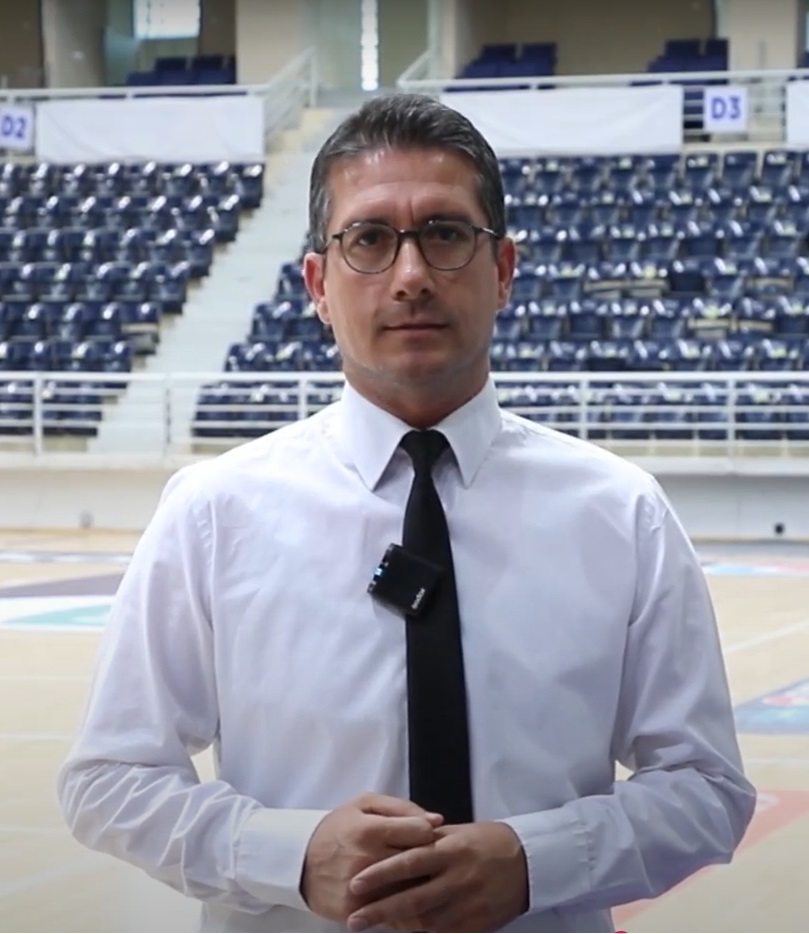
Yunus Arslan
Pamukkale University
Title of Presentation
Teacher Education Candidates Use of the Spectrum of Teaching Styles to Teach Social and Emotional Learning Competencies
Purpose
Purpose: The purpose of this study was to utilize cognitive-developmental learning theory to investigate how physical education teacher candidates learned to utilize the Spectrum of Teaching Styles to address Social and Emotional Learning (SEL). The study was guided by the following research questions: (a) what previous knowledge do the teacher candidates maintain related to SEL in physical education? (b) what are the teacher candidates’ perceptions of the Spectrum of Teaching Styles throughout their university coursework, and (c) what are the teacher candidates’ perceptions of the use of the Spectrum of Teaching Styles in addressing SEL after completing their field experience. Methods: This study utilized a qualitative case study approach with 6 teacher candidate participants enrolled in Elementary Methods. The course included 8 weeks of on-campus training in the Spectrum of Teaching Styles as well as the CASEL framework, followed by 8 weeks of planning for and implementing lessons during field experiences. Data collection included Instagram reflections (photovoice), TARE 2.0 systematic observation forms, focus group interviews, and critical incident reports. Data was open and axially coded with researcher journal entries being completed each week synopsizing initial findings. This was followed by the development of a codebook that was reviewed by an outside member and then tested with new data. After several rounds of pilot codebook testing, a final codebook was developed and applied to all data sources. Results: Findings included 3 themes indicating a progression over the span of the semester: knowledge gap, modeling and practice, and belief in the process. The teacher candidates lived experiences in physical education had not included SEL or teaching styles beyond command and practice. The student’s experiences discussing the styles as a tool for implementing SEL, seeing it modeled by their instructor, peer teaching, and practice implementing through field experience was a powerful learning process that modified their teaching. Ultimately, the teacher candidates applied the styles as an approach towards teaching generally, and to implementing SEL. They believed that the 2 combined can have positive outcomes, but struggled with expanding into the productive styles. Discussion/Conclusions: Providing teacher candidates with training and practice utilizing the Spectrum of Teaching Styles to address SEL competencies can result in a change in perception of the role of physical educators as well as providing tools to enhance teaching practice. Cognitive-developmental learning theory serves as a helpful guide to understanding teacher candidates’ progression with new content. Teacher education is not as a powerful as the K-12 experience in addressing preconceived beliefs regarding physical education, so more than one semester of teacher training should be provided for preparation using the styles, particularly related to SEL competencies.
Authors

Victoria Shiver
University of New Mexico

Allison Graham
University of New Mexico
Title of Presentation
“Using the Spectrum of Teaching Styles to Break Down Game Teaching and to Promote DEI”
Purpose
This will be presented at the 8th International Teaching Games for Understanding (TGfU) Conference, December 8-11th, 2024, in Auckland, New Zealand. The following is the abstract: The aim of this study was to evaluate the perceptions of PETE (Physical Education Teacher Education) and Kinesiology faculty and the growth in knowledge and intentionality of pre-service teachers regarding the use of the Spectrum of Teaching Styles to teach Justice, Equity, Diversity, and Inclusion (JEDI) concepts in physical education (PE) using a soccer lesson scenario. The study employed two distinct approaches: Study 1 involved 20 PETE faculty and in-service physical educators with JEDI expertise, who reviewed a written soccer lesson scenario using the Spectrum within the framework of the Game-Based Approach, while Study 2 included 18 pre-service teachers in a PETE program who received 10 hours of formal instruction on the Spectrum and JEDI concepts. Data were collected via questionnaires, group discussions, and pre- and post-intervention assessments. Results from Study 1 indicated that faculty perceived the Spectrum as a valuable tool for implementing critical pedagogy in PE, promoting real-world application, critical thinking about societal injustices, and providing opportunities for student autonomy and reflective learning. Study 2 showed significant growth in pre-service teachers’ knowledge and intentionality regarding the use of the Spectrum and JEDI concepts, with participants offering more specific and innovative ideas for fostering inclusion and equity in PE. The study concluded that the Spectrum of Teaching Styles is an effective instructional tool for teaching JEDI concepts, recognized by both faculty and pre-service teachers for its potential to create inclusive and equitable learning environments in game teaching and learning in physical education.
Authors
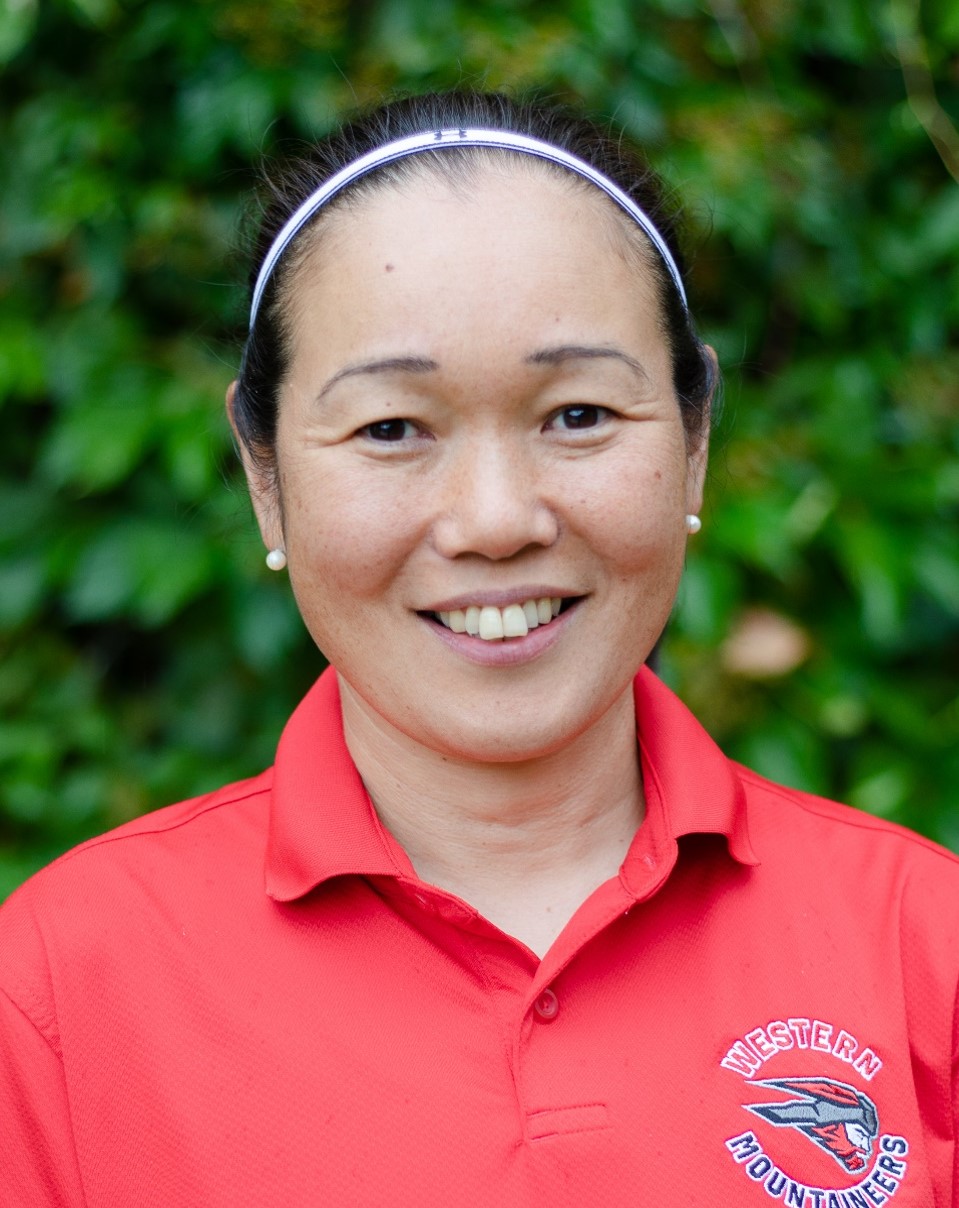
Dr. Kanae Haneishi
Western Colorado University
Title of Presentation
“I Could Have Been More Indirect”: The Influence of Occupational Socialization on Preservice and Cooperating Teachers Use of Teaching Styles
Purpose
Purpose: The aim of this study was to investigate what occupational socialization factors influenced preservice teachers (PTs) and cooperating teachers’ (CTs) use of teaching styles within an elementary school setting. Method: Participants were seven preservice teachers who were enrolled in an elementary physical education methods course, and seven cooperating teachers in the Southern United States. Data were collected through lesson plans, field experience journal entries, field teaching observations, and stimulated-recall interviews. Results: Participants primarily employed the command and practice style to deliver physical education lessons. Organizational socialization factors that influenced the use of command and practice styles included class size, student behavior, and academic semester. Acculturation factors that influenced PTs and CTs to teach in a direct manner included teachers, coaches, and parents. Discussion/Conclusion: In line with prior research, professional socialization continues to be the weakest stage of occupational socialization. It is suggested that physical education teacher education (PETE) faculty focus on school class sizes and student behavior and not just PT and CT compatibility when organizing student teaching and early field experiences. The academic semester timing of methods courses should also be considered if the use of indirect teaching styles in K-5th grade setting is an objective for PETE programs. Acculturation experiences and beliefs of PETE recruits/students also needs to continue to be addressed.
Authors
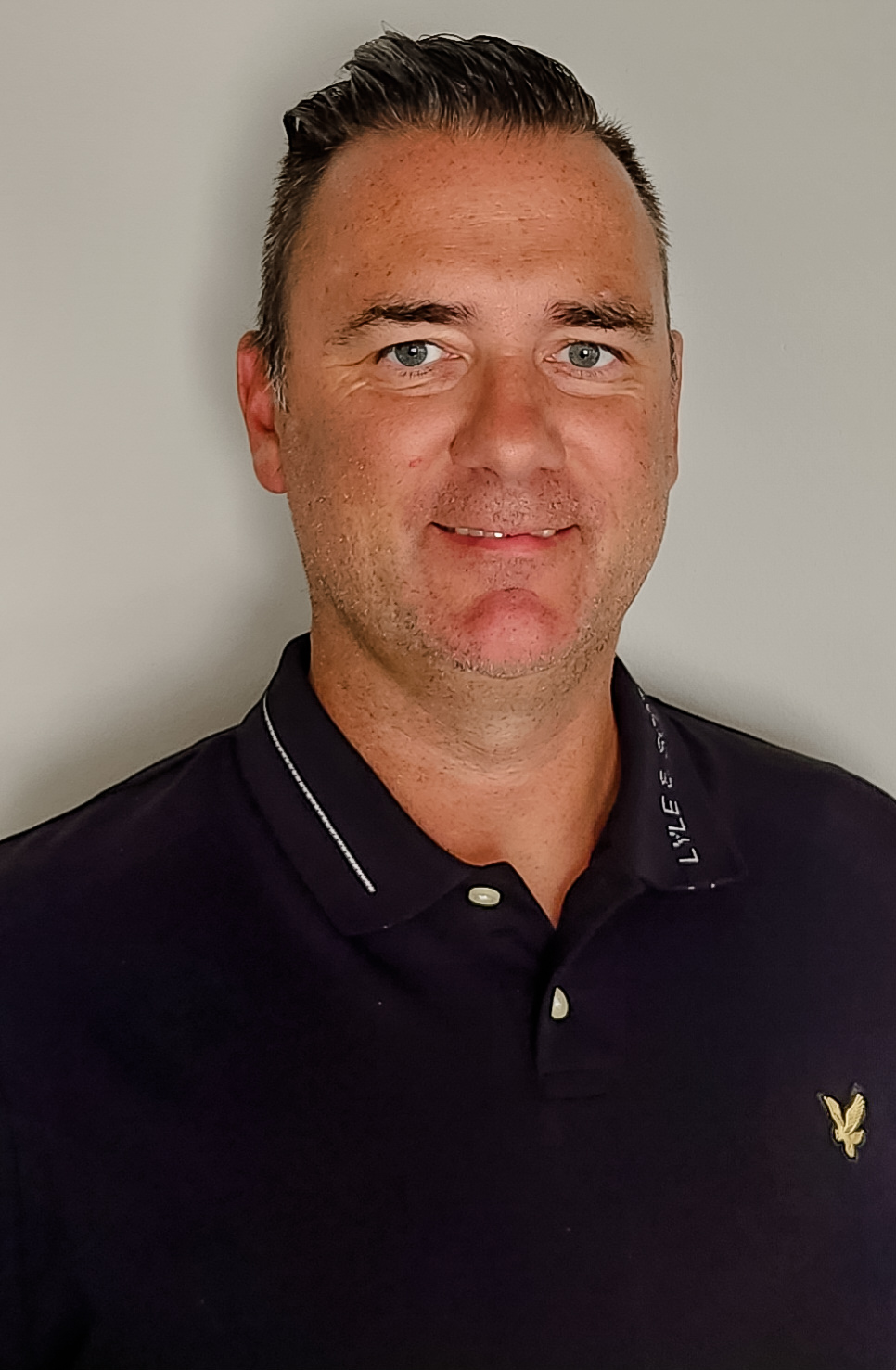
Dr. Craig Parkes
University of South Alabama
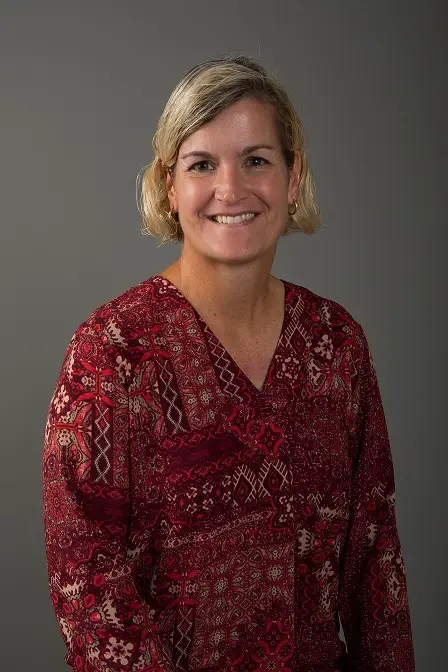
Dr. Shelley Holden
University of South Alabama
Title of Presentation
Physical education preservice teachers’ games-based approaches implementation: Aligning teaching styles, content knowledge, and game performance
Purpose
This will be presented at the 8th International TGfU Conference, December 8-11, 2024, in Auckland, New Zealand. Abstract This research is based on the experiences of a cohort of physical education preservice teachers (PSTs) implementing games-based approaches (GBAs) during their school placement. Teacher-related process variables regarding PSTs’ teaching practice (teaching styles, specialized content knowledge) and student-related product variables were analyzed (i.e., assessment of students’ game performance). We aimed to analyze, in tandem, the profile of PSTs’ use of teaching styles and the specialized content knowledge embedded in the learning tasks they have delivered. Students’ pre-to-posttest game performance improvements were concurrently examined. The study builds on the premise that, although GBAs advocate the predominant application of productive styles, based on guided discovery (through tactical questioning and expanded understanding of the game) and individual learner design and self-initiated learning (when students are encouraged to design their own tasks and solutions to game problems), growing evidence suggests that a more versatile and comprehensive use of teaching styles may better suit the diversity of students individual characteristics and learning needs. Indeed, the predominance of teaching styles embedded in teachers’ teaching practice, per se, does not identify attributes of the quality of the teacher's instruction. Therefore, we analyzed the use of teaching styles in tandem with PSTs' specialized content knowledge, for the latter is an indicator of the quality of content development (specialized content knowledge above 3.0 indicates strong content development). Four PSTs placed in a school in Northern Portugal and their four classes (N = ± 86 secondary school students) participated. Each PST implemented a GBAs unit (N = 3 volleyball units and N = basketball unit; 46 x 90-min lessons in total). GBAs implementation was mediated by a university supervisor (who provided five workshop sessions) and a cooperating teacher who provided daily field support to PSTs’ professional learning. Ability-grouping was particularly emphasized in the teaching units. All 46 lessons were videotaped, and PSTs’ verbal interventions were captured. In the first (pre-test) and last (post-test) lesson of each class unit, the students participated in 3v3 game-play. Game Performance Assessment Instrument was applied to measure students’ game-performance during fifteen minutes of uninterrupted game-play in the two assessment moments. The 46 lessons captured PSTs’ depth of content development and the relative frequency of teaching styles. The results showed pre-to-posttest increases in game performance for all classes. The reproductive teaching styles were predominant in the classes (practice = 27%; guided discovery = 12%), and the PSTs' specialized content knowledge was above the 3.0 threshold. This study suggests that motor learning can be achieved in PSTs' school placement classes and that content development may better predict student learning than applying any single teaching style in isolation (e.g., guided discovery). As implications for PE teacher education, we recommend that teacher educators do not place excessive weight on meeting the model-fidelity benchmarks of the GBAs, but that they also consider PSTs’ development of content knowledge of the specific sport they are teaching. Focusing on modifying tasks to suit students' skill levels should go hand in hand with their learning of high-order questioning.
Authors

Professor Claudio Farias
University of Porto, Portugal
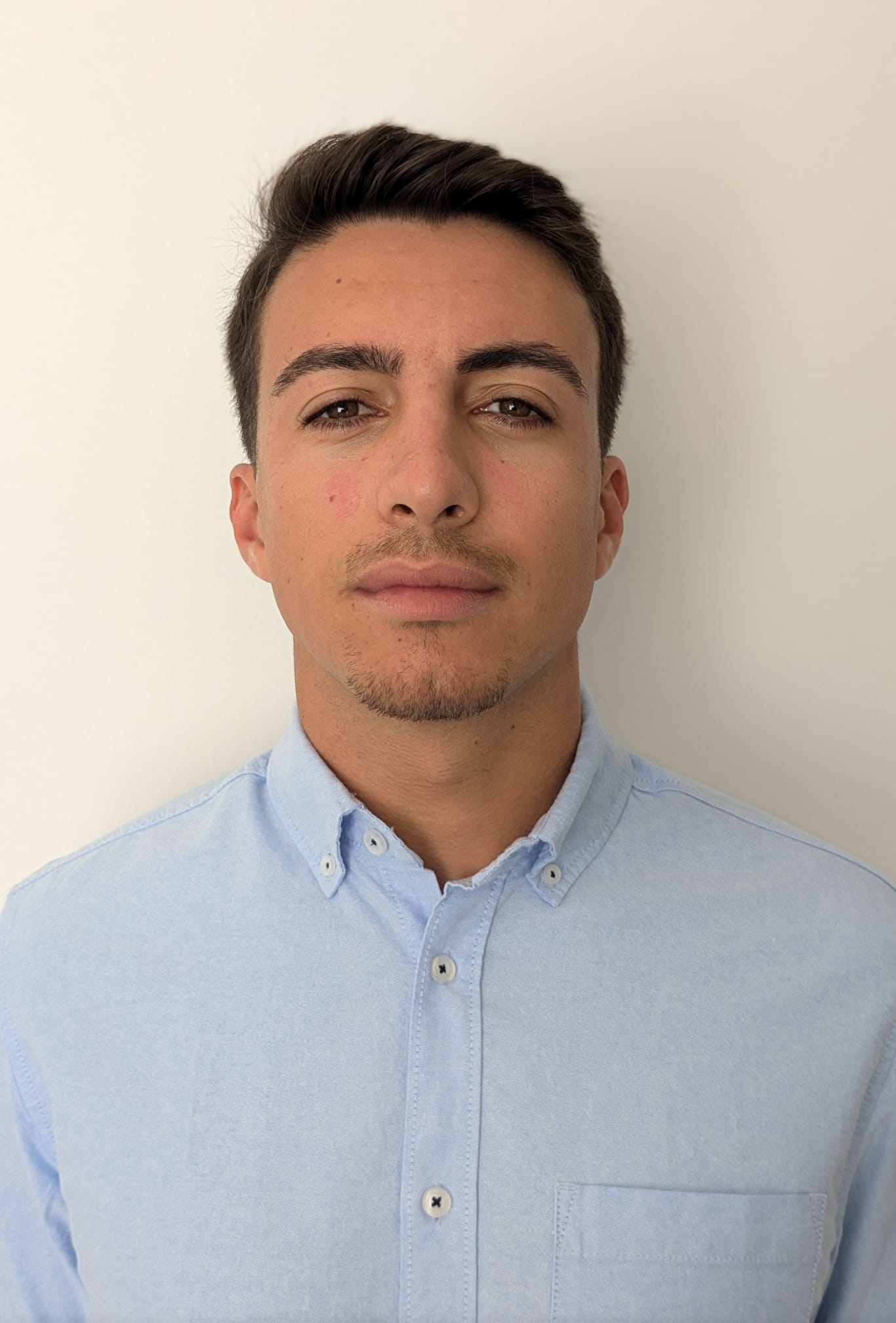
Pedro Carvalho
Graduate Student, University of Porto, Portugal

Professor Isabel Mesquita
University of Porto, Portugal
Title of Presentation
Physical Education Student's Intention of Using the Spectrum of Teaching Style in their Future Work
Purpose
She will be giving this presentation at the International Conference on Education and New Developments 2023 in Lisbon (Portugal) on 24-26 June 2023.
Abstract
The spectrum of teaching styles in Physical Education is essential to achieve teaching goals and to increase students’ motivation and their adhesion to physical activities and sports. The purpose of this study was to examine physical education university students´ intention of using the spectrum of teaching styles according to their academic level and year. This research followed a quantitative descriptive methodology using a survey with a standardized procedure for collecting data via questions to the participants. The sample was made up of 667 Spanish physical education university students (77.8% men and 22.2% women, aged from 18 to 30). A descriptive analysis (mean and standard deviation) and an inferential statistical analysis were carried out using different tests (Student’s t test and ANOVA). The results of this investigation show that in general students prefer to use reproductive styles (3.24±1.53) rather than productives styles (3.10±.55) in their future work as physical education teachers. Although, guided discovery and divergent production receive higher scores than other teaching styles and both of them are included in the productive styles cluster. The level of academic studies (Master’s degree students or Degree students) influences the intention of using reproductive styles (t (50.481) = -2.025, p = .04) and productive styles (t (47.997) = -1.935, p = .05). Furthermore, the year of studies they are currently in also influences the intention of using reproductive styles (F (4) = 2.732, p = .02 ηp2 = .01) and productives styles (F (4) = 9.743, p = .00 ηp2 = .05). The intention of using guided discovery, learner-designed, self-check and divergent production styles increases with the years of study. On the contrary, the intention of using the most traditional styles (command and practice) decrease with the years of study. These findings illustrate the future physical education teachers´ intention of using the teaching styles in their future lessons and show how their intention changes during their years of study.
Authors
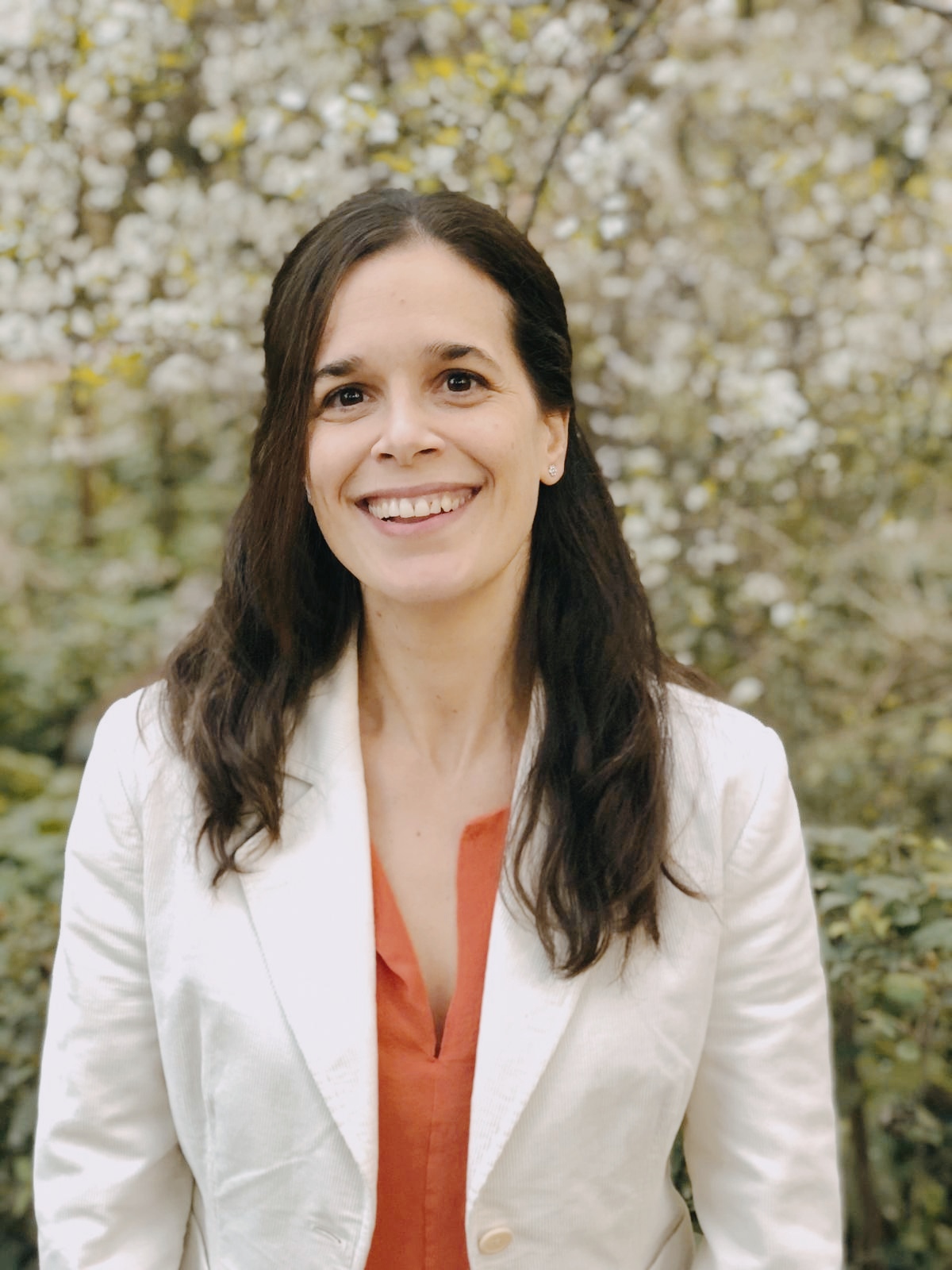
Maria Espada Mateos
Universidad Rey Juan Carlos
Title of Presentation
Designing Assessment for Learning Practices in Physical Education Lessons by Using the Spectrum of Teaching Styles Framework: A Qualitative Study
Purpose
They will be giving this presentation at 13th Edition of the International Conference The Future of Education, in Florence, Italy on June 29-30, 2023.
Assessment for Learning (AfL) is a daily practice for educators, learners, and peers that investigates, evaluates, and used learning evidence to improve learning through discussions, samples, and observations (Klenowski, 2009). It was seen that Physical Education (PE) teachers were unable to establish a link between theory and practice, and suffered from a lack of sufficient sample and theoretical knowledge while implementation of AfL (Moura, 2021). The purpose of this study was to describe the experiences of a PE teacher on using the Spectrum of Teaching Styles (Mosston and Ahsworth, 1986) for implementing AfL practices in PE lessons. The PE teacher received theoretical education about AfL and Spectrum of Teaching Styles then conducted 12 PE lessons (80 minutes each) with two different 9th-grade classes (total of 68 students). In those lessons, she tried to imply AfL strategies through reciprocal, self-check, and inclusion styles of teaching. Data included from (a) a semi-structured interview with the PE teacher to examine her experiences, (b) the researcher's field notes were taken by observing all lessons and interacting in brief reviews with the PE teacher after each lesson, and (c) documents developed throughout the process, such as lesson plans, task cards, and assessment tools. Member checking, triangulation, and peer debriefing strategies were utilized to ensure trustworthiness. Data were analyzed qualitatively using inductive content analysis and the fidelity of AfL implementation was verified through systematic observation. After content analysis, two themes emerged. 1) The alignment between the structure of Spectrum Teaching Styles and AfL Strategies. 2) Encountered challenges of AfL practices and their effective responses generated by the Spectrum of Teaching Styles framework. Putting the AfL theory into practice was easier using the Spectrum of Teaching Styles framework because the teacher was able to find solutions to practical challenges by modifying task cards or the using structure of another teaching style offered by the Spectrum. It is suggested PE teachers use the theoretical framework provided by Spectrum of Teaching Styles while establishing a link between the theory and practice of AfL strategies.
Authors
HalilEmreCinargur.jpg)
Halil Emre Çınargür
Department of Physical Education and Sports Teaching, Pamukkale University
GokceErturan.jpg)
Gökçe Erturan
Department of Physical Education and Sports Teaching, Pamukkale University
Title of Presentation
PSTs Perceptions of Training and Using Spectrum of Teaching Styles
Purpose
This will be an oral presentation given at International Association for Physical Education in Higher Education (AIESEP) in Santiago, Chile July 4-7, 2023.
Authors

Celina Espinoza
University of Wyoming
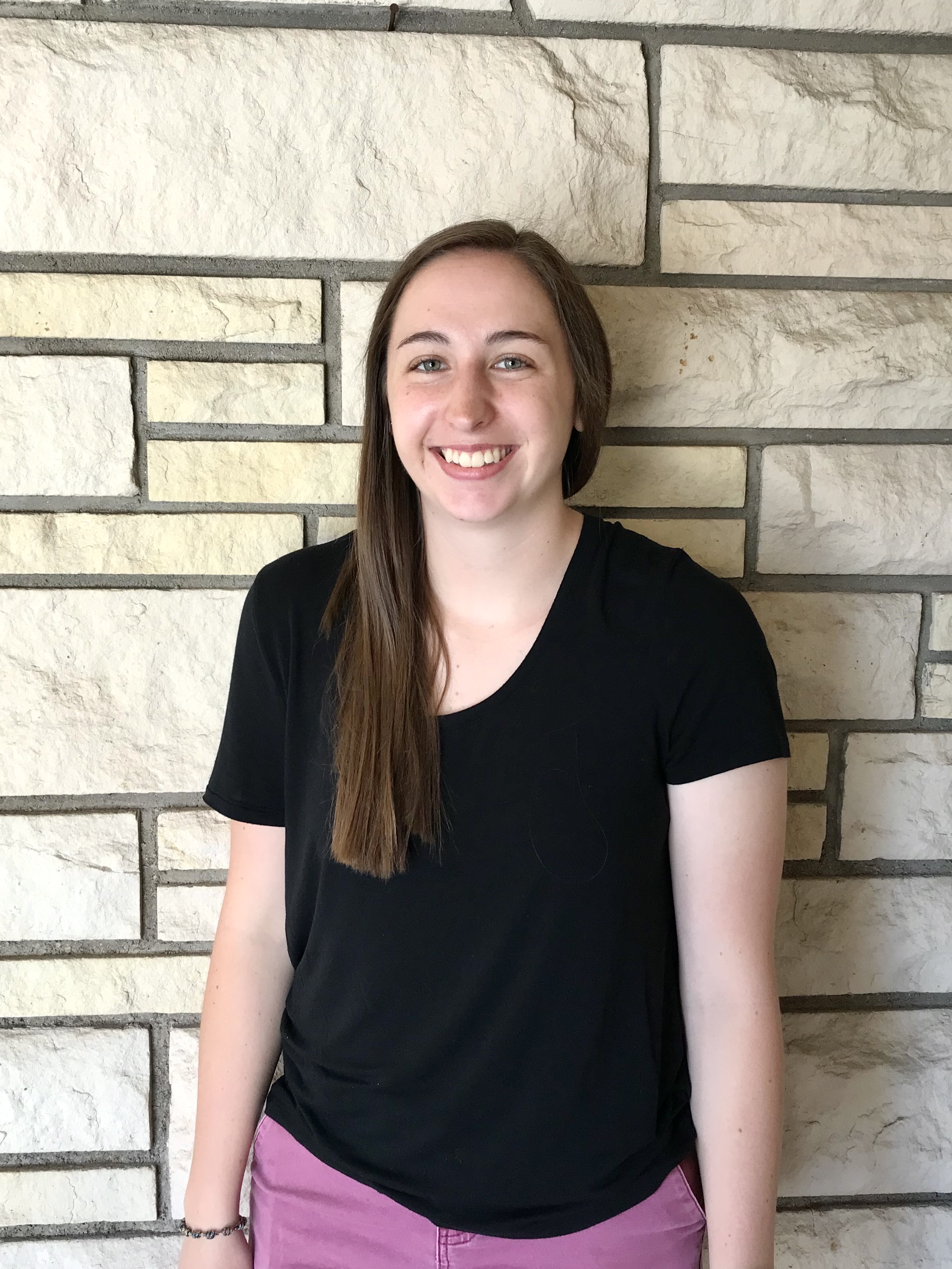
Aimee Gray
University of Wyoming
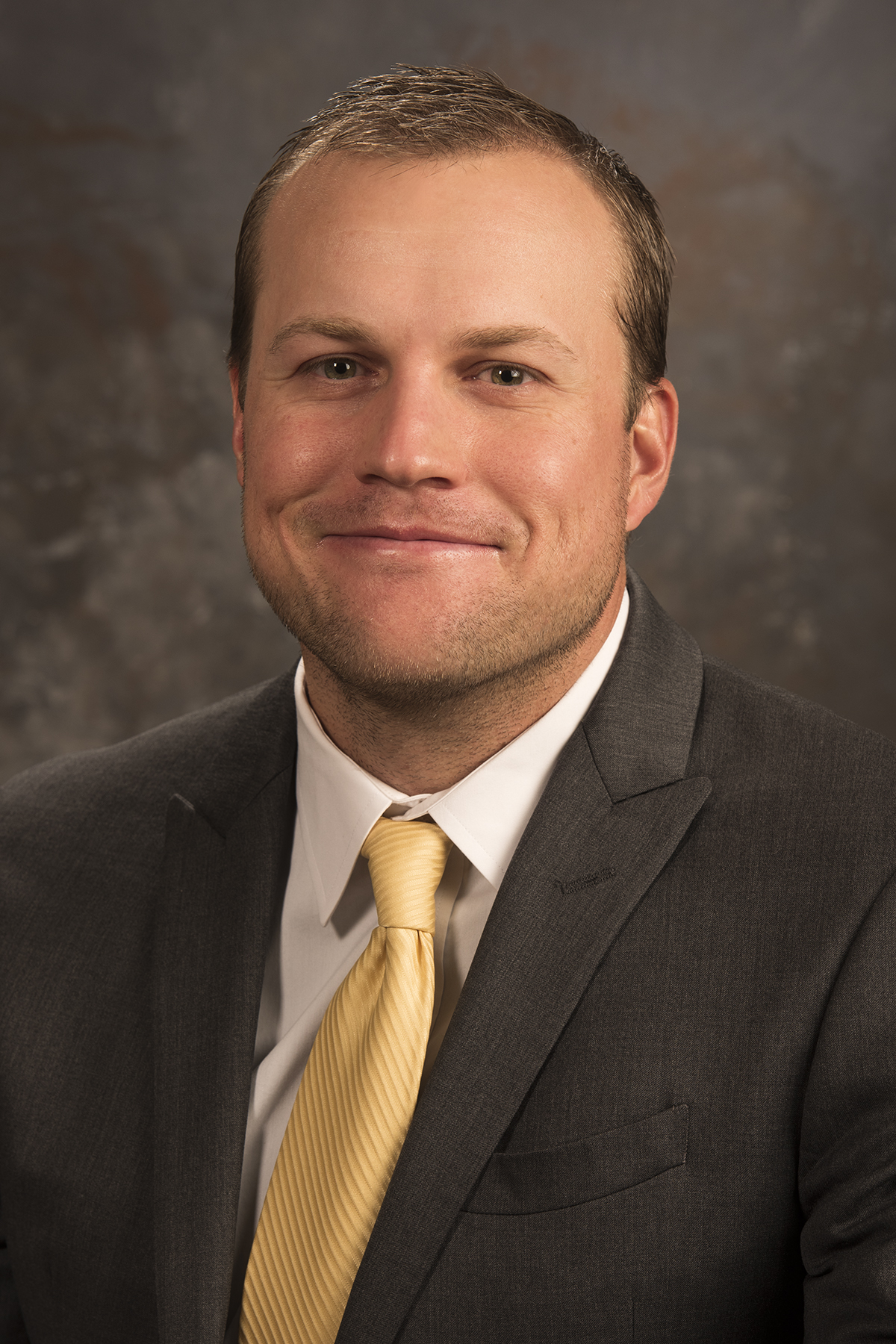
Dr. Kelly Simonton
University of Wyoming
Title of Presentation
The Effect of Specialized Content Knowledge on Quality of Practice and Retention in Reciprocal Peer Learning
Purpose
This presentation will be given at the AIESEP International Conference, July 4-7, 2023, in Santiago de Chile, Chile.
Authors
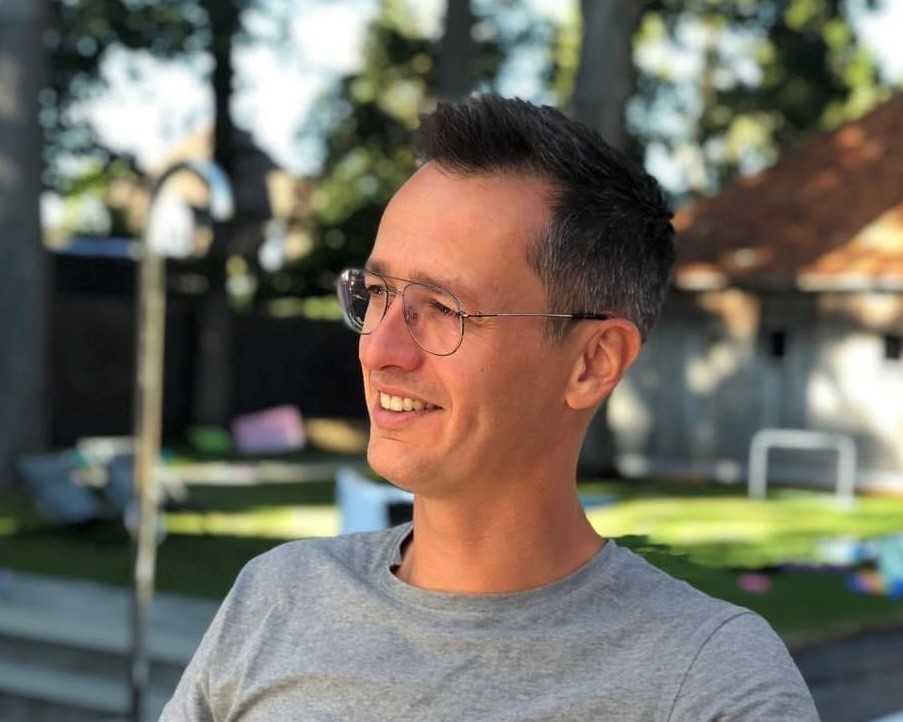
Tom Madou
KU Leuven
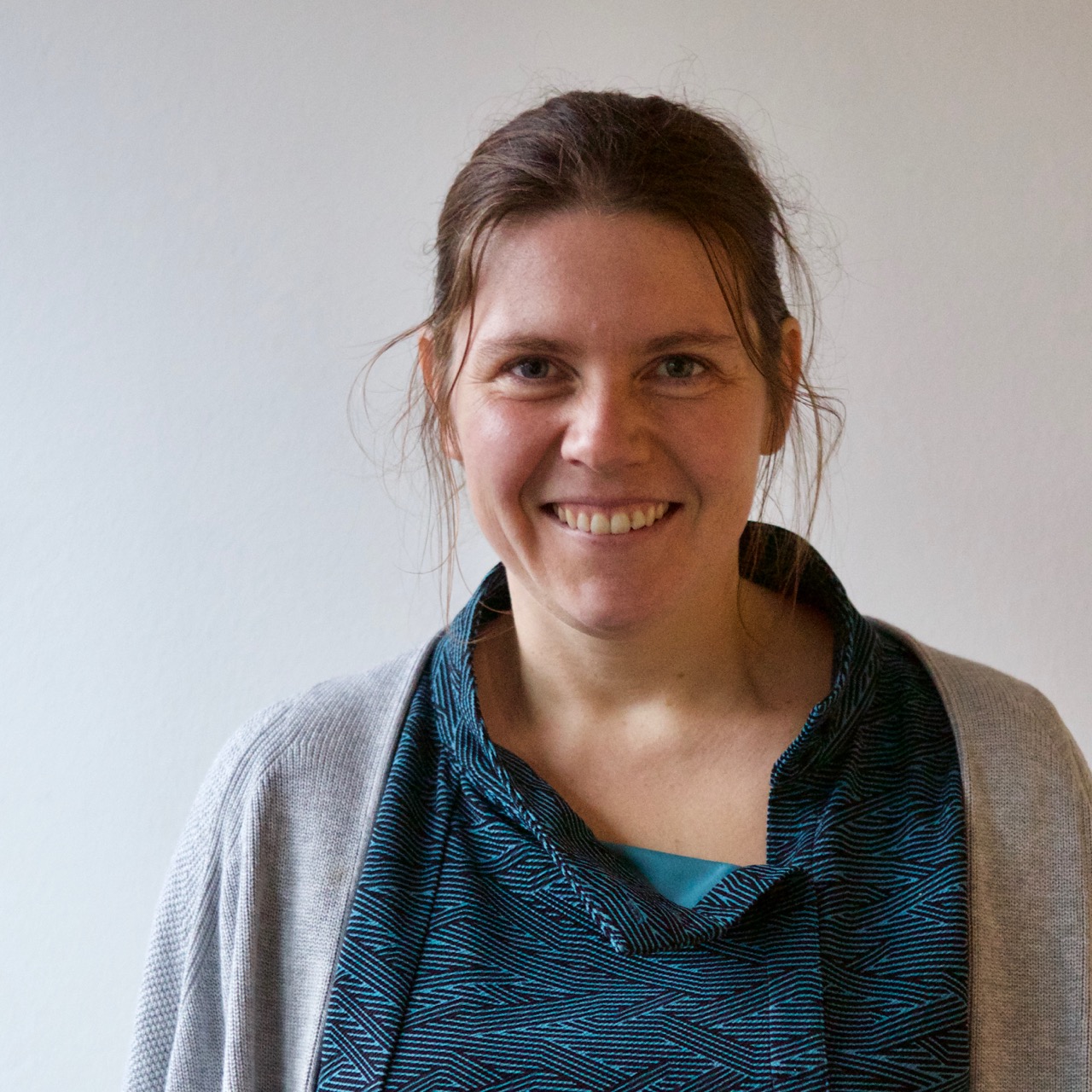
Dr. Fien Depaepe
KU Leuven

Dr. Phillip Ward
Ohio State University
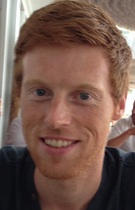
Dr. Peter Iserbyt
KU Leuven